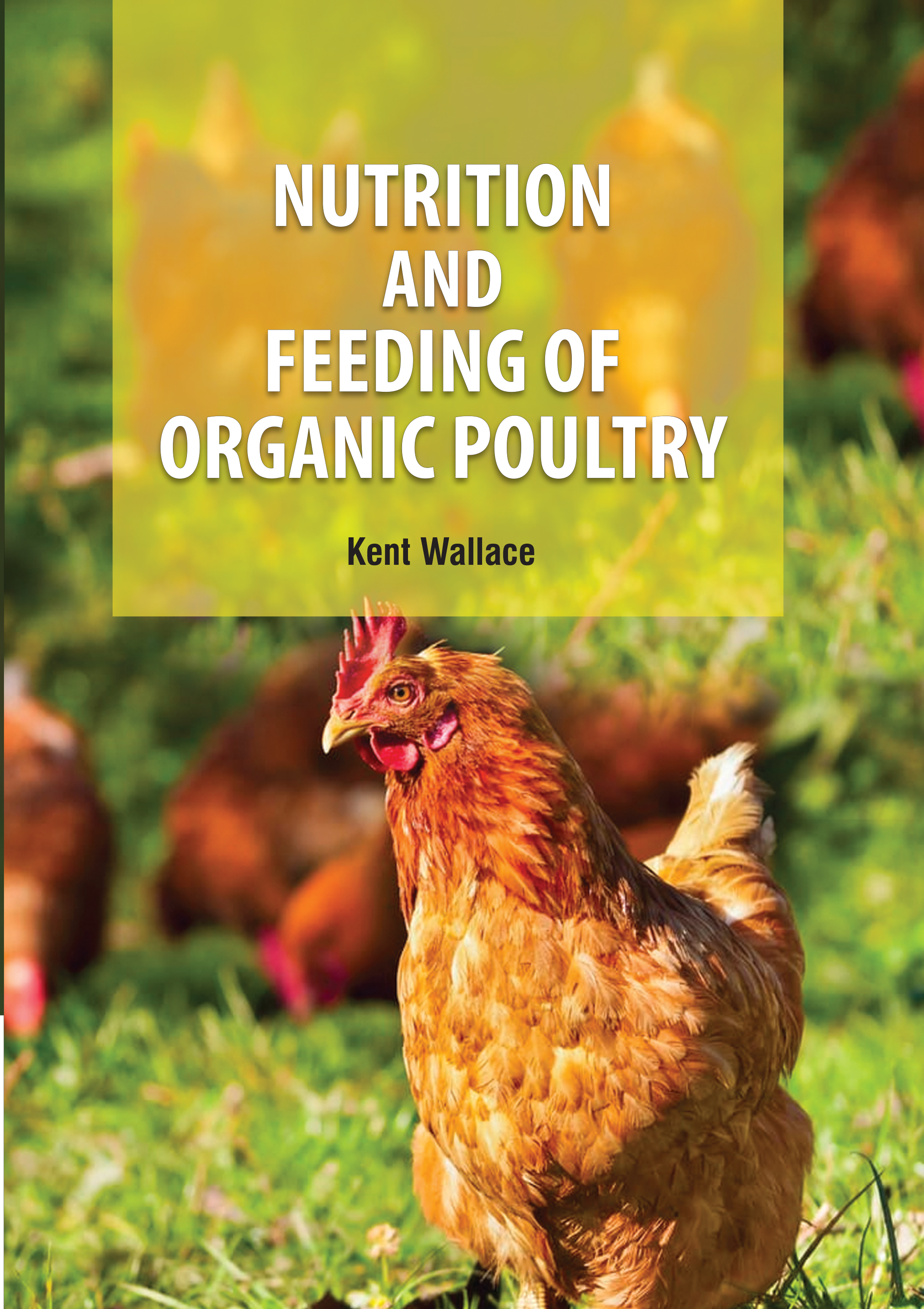
Nutrition and Feeding of Organic Poultry
by Kent Wallace
| ISBN | 9789372426496 |
|---|---|
| Publisher | Digital Drive Learning |
| Copyright Year | 2026 |
| Price | $264.00 |

by Kent Wallace
| ISBN | 9789372426496 |
|---|---|
| Publisher | Digital Drive Learning |
| Copyright Year | 2026 |
| Price | $264.00 |
This book presents advice and guidelines on how appropriate diets can be formulated and how feeding programmes can be integrated into an organic poultry production system. Poultry farming is the practice of raising poultry, such as chickens, turkeys, ducks, and geese, as a subcategory of animal husbandry, for the purpose of farming meat or eggs for food. More than 50 billion chickens are reared annually as a source of food, for both their meat and their eggs. Chickens farmed for meat are called broilers, whilst those farmed for eggs are called egg-laying hens. Organic poultry production has increased significantly in recent years to keep up with increasing consumer demand for organic eggs and meat. There are many guidelines and restrictions on what should go into the feed of organically-farmed poultry, from which difficulties arise when trying to ensure a well-balanced nutritious diet without the use of any unapproved supplements. Commercially prepared organic feeds are available for the specific type and age of bird in production. It is important to provide the right type of feed. Feeding a layer ration, which is high in calcium and lower in protein, to young birds can cause serious health issues. Or, feeding a starter/grower feed to laying hens will drastically reduce egg production. Flocks with access to pasture may supplement their diets with greens and insects, depending on the quality of the pasture. A flock will quickly devour the greens within an enclosed area, so pasture rotation is essential to maintain forage quality. This book is sets out guidance for producers on nutrition and feeding practices that relate to the standards for certification of organic poultry.